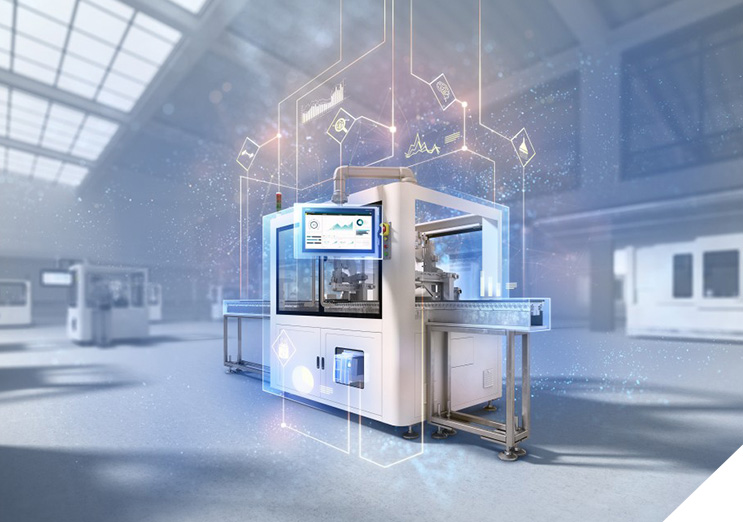 +86 159 5890 5083
+86 159 5890 5083
 ywjwjx520@126.com
ywjwjx520@126.com
USE PACKAGING MATERIALS
 |
 |
 |
 |
| BOPP double-sided heat-sealing film | BOPP self-adhesive easy pull line | Package Samples | Complete Mold |
MACHINE PLAN

ENVELOPE FLOW CHART

MAIN TECHNICAL PARAMETERS
| Packing speed | Single box film per minute(20~60) |
| Package size | L(50~270) W(40~180) H(15 ~80)mm |
| Input power | Three-phase five-wire 380V 50Hz |
| Design total power | 12.8kw |
| Heat sealing temperature | 110-180℃ |
| Working pressure | Pressure≥0.5Mpa,Gas consumption: 60L/Min |
| Inlet pipe diameter | Φ8 |
| Equipment weight | 520kg(Without protective cover) |
| Packaging material | BOPP double-sided heat-sealing film (commonly known as smoke film) Inner hole of film roll:Φ70 Outer diameter:Φ300mm, various colors of self-adhesive paste easy pull line |






Small Soap Transparent Film 3D Packaging Machine Price For Sale The 3D nature of...
View MoreOEM Small Soap Transparent Film 3D Packaging Machine Company To understand its v...
View MoreSmall Soap Transparent Film 3D Packaging Machine Sale Supplier The machine works...
View MoreChina Small Soap Transparent Film 3D Packaging Machine Manufacturer Factory By t...
View MoreTransparent Film Packaging Cellophane Machine Exporter in China A Transparent Fi...
View MoreTransparent Film Packaging Cellophane Machine Price For Sale Maker In modern pac...
View MoreThe utilization of laminating machines across diverse industries plays a pivotal role in enhancing product durability, visual appeal, and material protection. These machines offer a versatile and efficient means of applying protective layers to various materials, transforming them into durable, aesthetically pleasing, and long-lasting products.
Enhanced Durability and Protection:
Laminating machines apply protective layers, often plastic film or coating, to materials such as paper, cards, fabrics, or other surfaces. This layer acts as a barrier, safeguarding the underlying material against wear and tear, moisture, stains, and UV damage. As a result, laminated products exhibit increased durability and a longer lifespan compared to non-laminated counterparts.
Visual Appeal and Aesthetics:
Beyond protection, laminating machines contribute significantly to the visual appeal of products. The transparent or glossy film applied by these machines enhances the appearance of materials, making colors more vibrant and text more readable. This process can elevate the aesthetic quality of items like posters, photographs, ID cards, book covers, menus, and promotional materials, making them more attractive and engaging to consumers.
Versatility in Material Protection:
Laminating machines offer versatility in protecting a wide array of materials. They can laminate different thicknesses and sizes of documents or materials, adapting to specific requirements across industries. This versatility allows for the protection of everything from small identification cards to large-format posters or maps, catering to diverse business needs.
Increased Product Longevity and Resistance:
The protective layer provided by laminating machines adds a level of resilience to materials, making them more resistant to scratches, spills, tears, and fading. For items like instruction manuals, educational materials, or frequently handled documents, the lamination process significantly extends their useful life by preventing damage from daily wear and tear.
Application in Various Industries:
Laminating machines find applications in numerous sectors, including education, publishing, signage, manufacturing, hospitality, and healthcare. Educational institutions use laminated materials for teaching aids, while publishers laminate book covers for added protection. In the hospitality industry, menus and placemats are laminated for durability, and healthcare facilities use laminated ID badges or medical charts for hygiene and longevity.
Ease of Customization and Personalization:
Modern laminating machines offer options for customization and personalization. They allow businesses to choose different finishes (e.g., glossy or matte), thicknesses, and sizes of laminating films to suit specific needs. This adaptability enables companies to tailor the laminating process according to their branding requirements or the intended use of the laminated materials.
Sustainability Considerations:
Some laminating machines now support the use of eco-friendly laminating films or materials, aligning with sustainability goals. Manufacturers are developing biodegradable or recyclable laminating films, reducing environmental impact while offering the same protective benefits.
the implementation of laminating machines across industries significantly contributes to enhanced product durability, visual appeal, and material protection. Their versatility, ability to increase product longevity, customization options, and potential for sustainability make them indispensable tools for businesses seeking to elevate the quality, durability, and aesthetics of their products or materials.
1. Enhanced Product Protection:
Laminating machines are instrumental in creating robust and protective packaging for perishable food and beverage items. By sealing products within layers of films or materials, these machines ensure enhanced resistance against moisture, oxygen, and contaminants. This not only extends the shelf life of consumables but also minimizes food waste by preserving freshness and quality, aligning with sustainable practices.
2. Reduction in Material Consumption:
One significant impact of laminating machines is the ability to create thinner yet durable packaging materials. Through precise lamination techniques, these machines facilitate the creation of lightweight packaging that maintains its protective qualities. This translates to a reduction in overall material consumption, conserving resources and minimizing the environmental footprint associated with packaging production.
3. Recyclability and Circular Economy:
Laminating machines enable the creation of packaging structures that support recyclability. Manufacturers can employ materials that are compatible with recycling processes, allowing for easier separation and reprocessing. Moreover, advancements in laminating technology have led to the development of innovative materials that align with circular economy principles, promoting the reuse of materials and reducing reliance on virgin resources.
4. Energy Efficiency and Emission Reduction:
Modern laminating machines incorporate energy-efficient technologies, optimizing production processes and reducing energy consumption. Additionally, the use of eco-friendly materials and solvent-free adhesives in lamination contributes to lower emissions during the manufacturing process. These advancements align with sustainability goals by minimizing the environmental impact associated with packaging production.
5. Consumer Perception and Preference:
Sustainable packaging practices driven by laminating machines resonate positively with consumers increasingly concerned about environmental issues. Brands adopting eco-friendly packaging solutions stand to gain consumer trust and loyalty, contributing to brand reputation and market competitiveness.